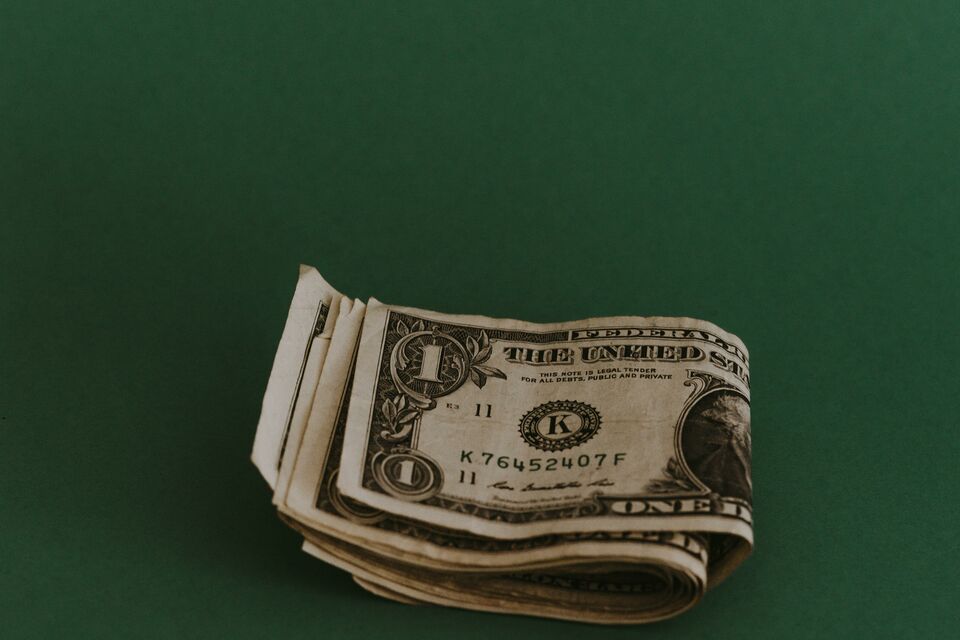Inflation like everything else, has its cycles. Experts in matters of the economy have charted the basic pattern of inflation/deflation into roughly 15 year cycles, with inflation pulling things up for 15 years and deflation settling them back down for the next 15 years. While we live in the day to day, we tend not to step back and see the longer cycles because we get caught up in the noise and clutter of the daily moment. Since 1914 inflation trends have followed this path with one notable exception. The inflation cycle that started in 2000 was clearly visible as prices rose through the early 2000’s and then stopped abruptly in 2008 with the Great Recession. Too much inflation, too fast always has its risks. What likely would have been a normal 15 year inflationary cycle was interrupted at only 8 years. Then things went sideways for a number of years and although we kept hearing about economic recovery. It didn’t feel as big as the talk on the street made it sound. Although we did see inflation come back again, it was more of a regaining of lost ground and it created an unusual and protracted economic pause in the normal inflation cycle. A couple of years ago, National Association of Home Builders (NAHB) chief economist Rob Dietz, in a speech here to our local Home Builders and Remodelers Association, spoke about the years since 2008 as being “the longest economic recovery of our lifetimes”.
I asked him if, instead of holding the record for longest economic recovery, this time period might actually hold the record for the longest period of having our economy on economic life support with an virtual zero % Federal Reserve interest rate being used to try to revive the economy, having now gone on for 13 years. To his credit, he said he saw my point.
The curious side effect of the COVID-19 pandemic is what has happened economically since. In a necessary effort to keep the country out of economic collapse, our Federal Government has pumped trillions of extra dollars into the economy and that plus a pent up demand has put the country back on a significant inflation track. Everything seems in very short supply and prices on virtually all items are increasing as demand outstrips supply. Everything from Wall Street to Real Estate, to cars, planes, and boats are all significantly marked up. As a sample of the supply vs demand equation, total US roofing production runs typically in the 140 million square range annually. Full order files have pushed demand to almost 180 million square today creating shortages, hording and market panic along with…yes, higher prices. The same thing has happened with lumber. Demand is far greater than supply.
When we look back on these days, we will remember that the start of the panic buying, inflationary pricing, product shortage, and skyrocketing demand all began with toilet paper.
If you want a great example of market irrationality and the way emotion drives purchasing, just try to make sense of last April and a lot of empty toilet paper shelves.
As inflation like every other cyclical thing comes and goes, it appears that inflation did stop its normal 15 year cycle that started in 2000, when we hit the wall in 2008. Inflation went sideways to moderately upward for a number of years and although the experts wondered which way it would go from there, the answer has made itself apparent. The titanic shift brought on by COVID-19 simply ignited many markets and created exactly the demand that has pushed prices higher. By conventional market standards, that which goes up fast comes down just as fast, but these aren’t conventional times. We are still very undersupplied with housing from underbuilding from 2008 until 2020. Interest rates are historically low. Banks aren’t lending money to people who can’t pay their mortgage like they were in 2006 and there are plenty of job opportunities for people who want to work. One thing will never change. When there is more demand than there is supply, inflation will be with us. When things cool, markets will deflate. We are not fans of wild swings at Shepley, they are dangerous and de-stabilizing. We do everything in our power to put sense in to inflationary markets by pushing manufacturers and suppliers to think long term and to put aside the greed and short term profit taking.
